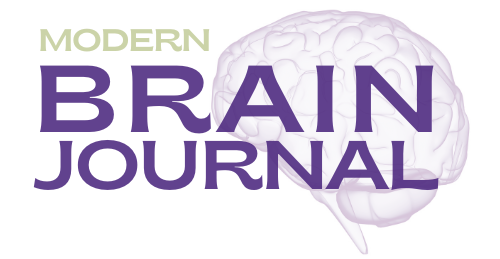Risk Factors for Faster Aging in the Brain Identified
When it comes to modifiable risk factors for aging in the brain, a new study has identified the top three most harmful.
A team of researchers from the University of Oxford’s Nuffield Department of Clinical neurosciences set out to study the genetic and modifiable influences of a particular area of the brain that they had identified as a “weak spot” in terms of earlier degeneration in old age. The specific network of higher-order regions not only develop later during adolescence but are also particularly vulnerable to schizophrenia and Alzheimer’s, hence its “LIFO” (“last in, first out”) nickname. This network of brain regions was strongly associated with fluid intelligence and long-term memory.
The Research
Using data and brain scans from approximately 40,000 UK Biobank participants who were over the age of 45, the team looked at 161 risk factors for dementia and ranked their impact on this particularly vulnerable LIFO brain network. They classified the modifiable risks into 15 broad categories:
- Blood pressure
- Cholesterol
- Diabetes
- Weight
- Alcohol consumption
- Smoking
- Depressive mood
- Inflammation
- Pollution
- Hearing
- Sleep
- Socialization
- Diet
- Physical activity
- Education
They found that that top three threats were diabetes, traffic-related air pollution, and alcohol intake.
Specific Findings
The researchers examined the unique contribution of each modifiable risk factor by looking at all of them together to assess the resulting degeneration of this specific “weak spot” in the brain. After taking into account the effects of sex and age, the three most harmful modifiable risk factors emerged. The higher-order regions showed an accelerated decrease of gray matter volume (compared to the rest of the brain) and they define a network mainly involved in behavioral tasks related to execution, working memory, and attention.
The study found genome-wide associations between the LIFO brain network and seven genetic clusters whose top variants were all replicated.
“We have found that several variations in the genome influence this brain network,” says study lead Professor Gwenaelle Douaud, “and they are implicated in cardiovascular deaths, schizophrenia, Alzheimer’s and Parkinson’s diseases, as well as with the two antigens of a little-known blood group, the elusive XG antigen system, which was an entirely new and unexpected finding.”
“In fact, two of our seven genetic findings are located in this particular region containing the genes of the XG blood group, and that region is highly atypical because it is shared by both X and Y sex chromosomes,” adds study co-author Professor Lloyd Elliott of Simon Fraser University in Canada. “This is really quite intriguing as we do not know much about these parts of the genome; our work shows there is benefit in exploring further this genetic terra incognita.”
The hope is that this research will help contribute to dementia prevention and future strategies for targeted intervention.
The results were published in the March 27, 2024 issue of the journal Nature Communications.
MBJ
Wendy Burt-Thomas writes about the brain, mental health and parenting.
Check out the original research:



